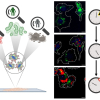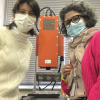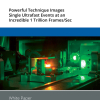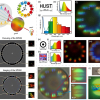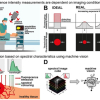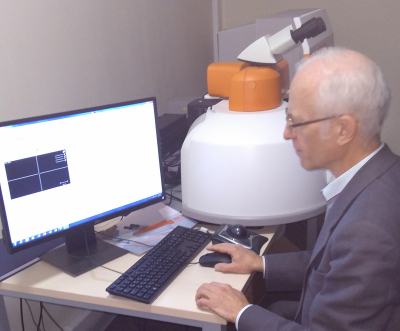
Researchers at the National Research Nuclear University MEPhI (Moscow Engineering Physics Institute), are studying complex oxides. They have recently shown the importance of using multiple excitation wavelengths when studying these materials with Raman spectroscopy.
MEPhI ranks in the top five Russian universities, with a global reputation for excellence in education and has had six Nobel laureate staff members. Researchers of the Department of Solid State Physics and Nanosystems study a large group of the complex oxides: head of department Professor Alexey A. Menushenkov; senior researcher Dr Victor V. Popov; and post-graduate student Alexey A. Yastrebtsev.
Complex oxides Ln2O3–MO2 (where Ln = La–Lu, Y and M = Ti, Zr, Hf) are promising ceramic materials with a wide range of applications. These include thermal barrier coatings, solid electrolytes in high temperature solid oxide fuel cells, neutron absorbers for nuclear reactor control rods, inert matrices for nuclear waste storage and construction materials. Determining the crystalline and local structures of these compounds, and solid solutions of them, is a key step in developing novel ceramic materials.
Dr Popov and colleagues have been studying yttria-stabilised zirconia (YSZ)—ZrO2(Y2O3), which is very widely used in the production of solid oxide fuel cells, thermal barrier coatings and general-purpose structural ceramics, such as dental prosthetics. Several strong photoluminescence (PL) bands, easily mistaken for Raman bands, complicated the analysis. They differentiated the Raman features from the PL by using a Renishaw inVia confocal Raman microscope equipped with multiple lasers (514 nm, 532 nm and 785 nm), and by taking broad-band luminescence spectra in addition to the Raman spectra. They could then study the effects of varying the yttria content and annealing conditions on the crystal and local structure of synthesised materials.
Dr Popov comments: “We found that Renishaw’s inVia spectrometer is ideal for our studies, since it has a very high throughput and fast data collection, as well as several automatically switchable lasers. The low wavenumber range is easily achievable, you can choose any spectral ranges you need, and the same configuration can be used both for the PL and Raman studies. There are lots of options to set different attenuation levels for lasers and exposure time, which is critical for thermally degrading samples.”
Their work is published in the Russian Journal of Inorganic Chemistry.





